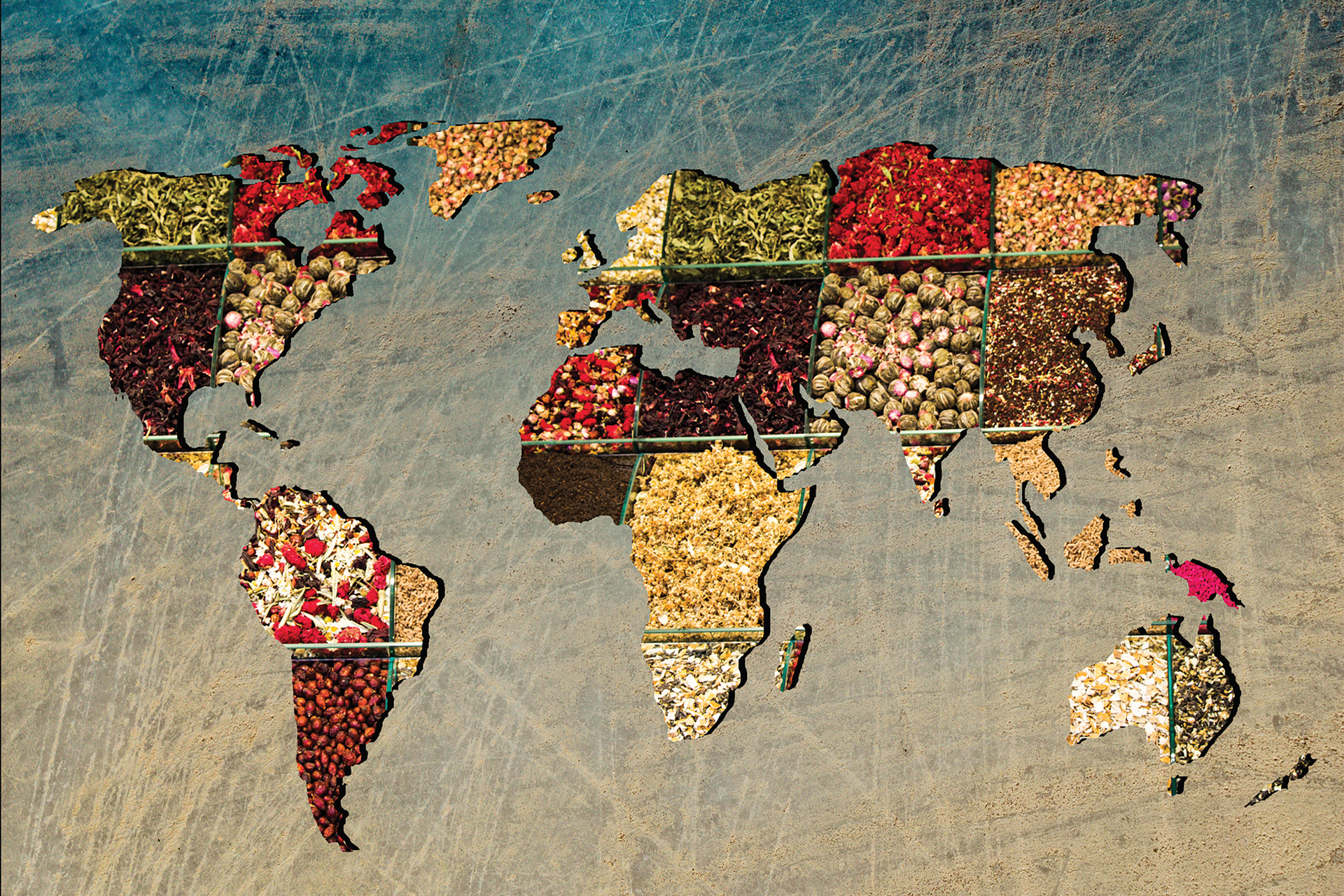The population has never been more diverse, leading to an interest in a rich array of flavors. This is not a passing fad or part of a niche audience. In fact, many factors have come together to create an environment where celebrating global flavors is smart business.
1) Diverse Brand Ownership Offers Global Options
While shoppers do drive trends, some industry changes are happening from the top down. The world is diversifying—particularly the United States. Many brands (especially emerging ones) are trying to create businesses that reflect the population. According to data from the KeHE DiverseTrade program and SPINS, 9.9% of brands are minority-owned, and that number is likely to continue growing. As more C-suites reflect global diversity, so will the products on store shelves. Many company founders begin their businesses specifically to bring their culture’s cuisine to a wider population, to replicate their family favorites, or to meet an unmet need (like ingredients or products they couldn’t find outside of a certain region). Maya Kaimal started her eponymous food line to turn the traditional Indian dishes she grew up enjoying into accessible meal choices for everyone. Similarly, Ayo Foods was founded to bring West African food to a broader audience, particularly in categories where it had little to no presence. Brands like these are doing their part to make international flavors part of everyone’s diet.2) Technology Has Made the World Smaller
Right now, you can pick up your phone and find a recipe for any dish in any cuisine within seconds. You can easily locate any ingredient in a nearby store or order it straight to your doorstep. Turn on Netflix or Hulu to see cooking competitions dabbling in dishes from around the world, and docuseries spotlighting the food that makes each culture unique. This easy access has created an educated and curious population that is eager to try dishes from countries they might never have a chance to visit.Social media has amplified the visibility of different flavors and intrigued viewers. Professional and amateur cooks alike have amassed large followings on YouTube, Instagram, and TikTok by testing new recipes, recreating famous dishes, or showing off family recipes. These influencers and celebrities from all continents and age groups expose their audience to new foods, but most importantly they demystify the cooking process. When shoppers aren’t intimidated by cooking new dishes (and are excited to share the experience online), their shopping carts will contain more flavor options.
3) At-Home Cooking Gains Popularity
The earliest months of the pandemic seemed to turn everyone into bread makers, and more people became amateur chefs as social distancing wore on. Unable to dine in their favorite restaurants, home cooks learned to replicate their favorite dishes, which meant broadening their pantry options. As a result, spices gave way to a variety of ingredients that recreated flavor profiles at consumers' favorite restaurant. In 2021, SPINS data showed strong sales growth in a diverse range of ingredients, with wasabi (up 161%) and siracha (up 108%) leading the pack. Arrabiata (63%), seaweed (47%), miso (38%), and creole (25%) also experienced strong sales growth. As shoppers return to their favorite dining spots, don’t expect their culinary skills to regress. Plus, rising prices might also inspire more shoppers to eat at home and stretch their food budget. Regardless, once shoppers have enjoyed a cupboard filled with new, rich flavors, they won’t rely solely on salt and pepper anymore.4) Wellness Options Are Now Global
Shoppers are pursuing wellness in a variety of ways, from exercise to mental wellness to dietary choices. Many of those wellness-focused foods, beverages, and ingredients are dietary staples from around the globe that happen to bring new flavors to a shopper’s plate. Think of the path quinoa took as American shoppers saw it as a more nutritious alternative to rice or pasta. Similarly, shoppers are increasingly using curcumin as an anti-inflammatory, but it’s also used to flavor curry and butter in some Asian countries. New, health-savvy shoppers are broadening their palates even if their initial goal was to address wellness.What’s most important for everyone from brands to retailers to understand: Global flavors are not a trend. Shoppers are broadening their tastes and still discovering the wealth of options in store aisles. As the population continues to diversify and businesses reflect their customers, demand for international flavors will continue to rise.WF










